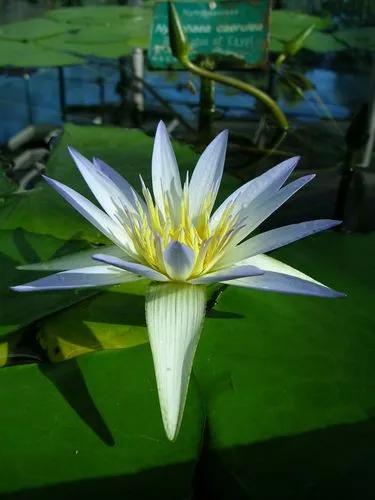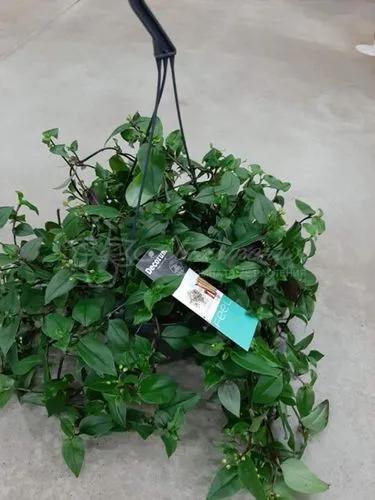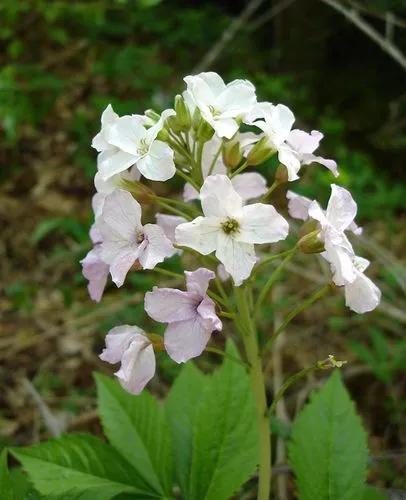Aeonium 'Cyclops' is a tall evergreen succulent of open, branching habit with large rosettes, 12-18 in. across (30-45 cm), of glossy, fleshy, dark reddish-bronze leaves adorned with a bright green heart.
Aeonium Cyclops Care
Aeonium Cyclops



Aeonium 'Cyclops' is the result of a cross between Aeonium undulatum and the highly popular Aeonium arboreum 'Zwartkop'. Aeoniums are odd looking succulent plants, with long, arching stems and rosettes of leaves that can often look so perfect, you might think they were fake. You'd be forgiven if you had to touch one to tell if it was real or rubbery plastic. There are about 35 species, and most are native to the Canary Islands. They prefer a Mediterranean climate - not too hot, not too cold, not too dry. The plants form fleshy rosettes, and you will notice a similarity between Aeoniums and several other succulent plants, most noticeably Echeveria and Sempervivum, the popular Hens and Chicks. Aeoniums can be low growers or branching plants that grow into shrubs.
How to Care for the Plant

Water

When grown in containers, Aeonium like a regular supply of moisture during the growing season, which will typically be in the summertime. It's best to let the plants dry slightly between waterings, but because Aeonium have small roots, they are a bit less drought tolerant than other succulents and appreciate a steady supply of light water with good drainage.

Fertilizer

Feed during the growing season with a half-strength balanced fertilizer, every month.

Sunlight

They like plenty of bright light, but dislike intense direct light, especially in the summer. These plants are not very tolerant of heat, so try to avoid locations where they are exposed to harmful direct heat radiation, whether from the sun or a light.

Soil

Using regular potting soil or sandy loam, rather than a fast draining soil for succulents, will help maintain the moisture level.

Temperature

The lowest temperatures this plant can withstand outside are from 25°F (−3.9°C) to 50°F (+10°C).

Container

If growing inside, choose any type of container with enough drainage holes.

Popularity

59 people already have this plant 30 people have added this plant to their wishlists
Discover more plants with the list below
Popular articles






